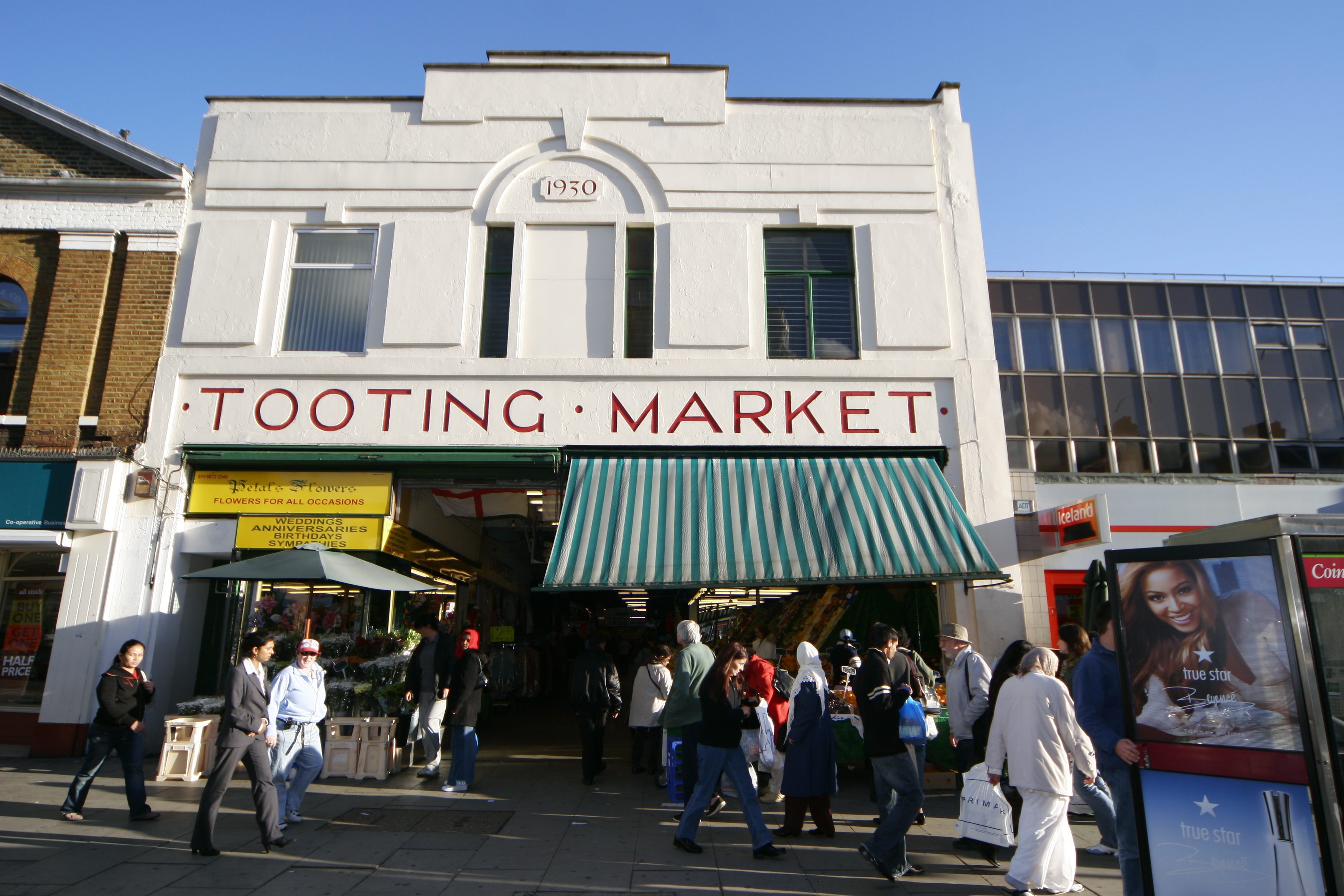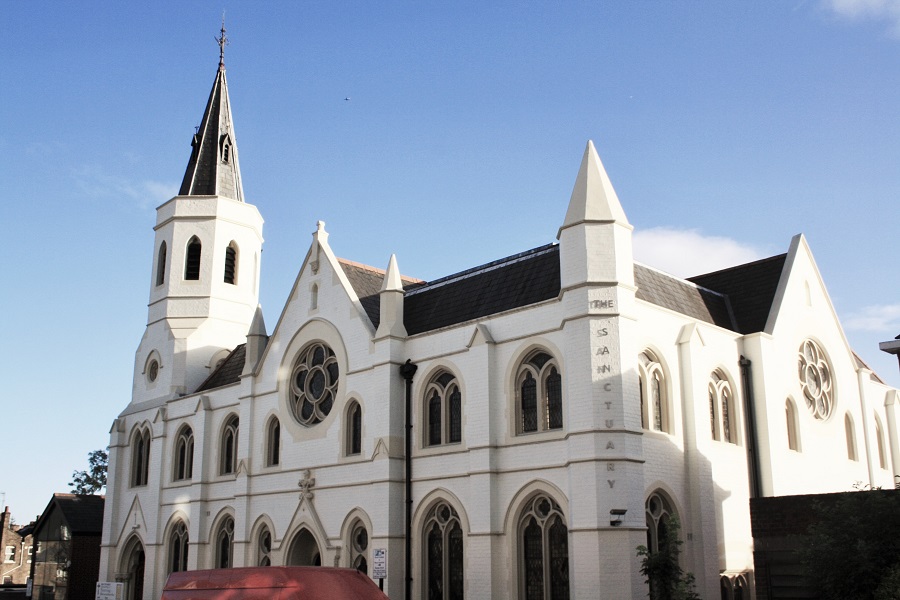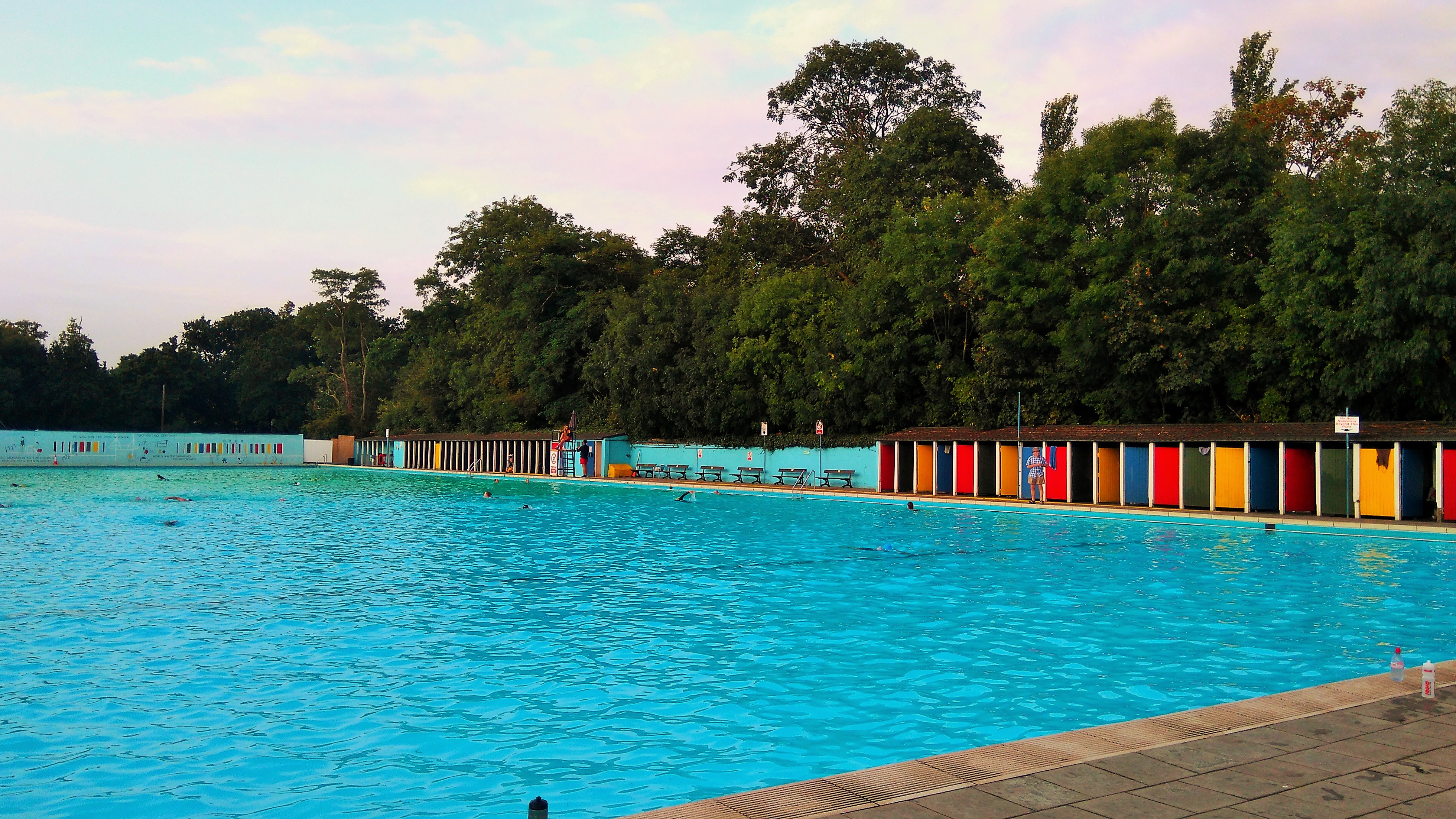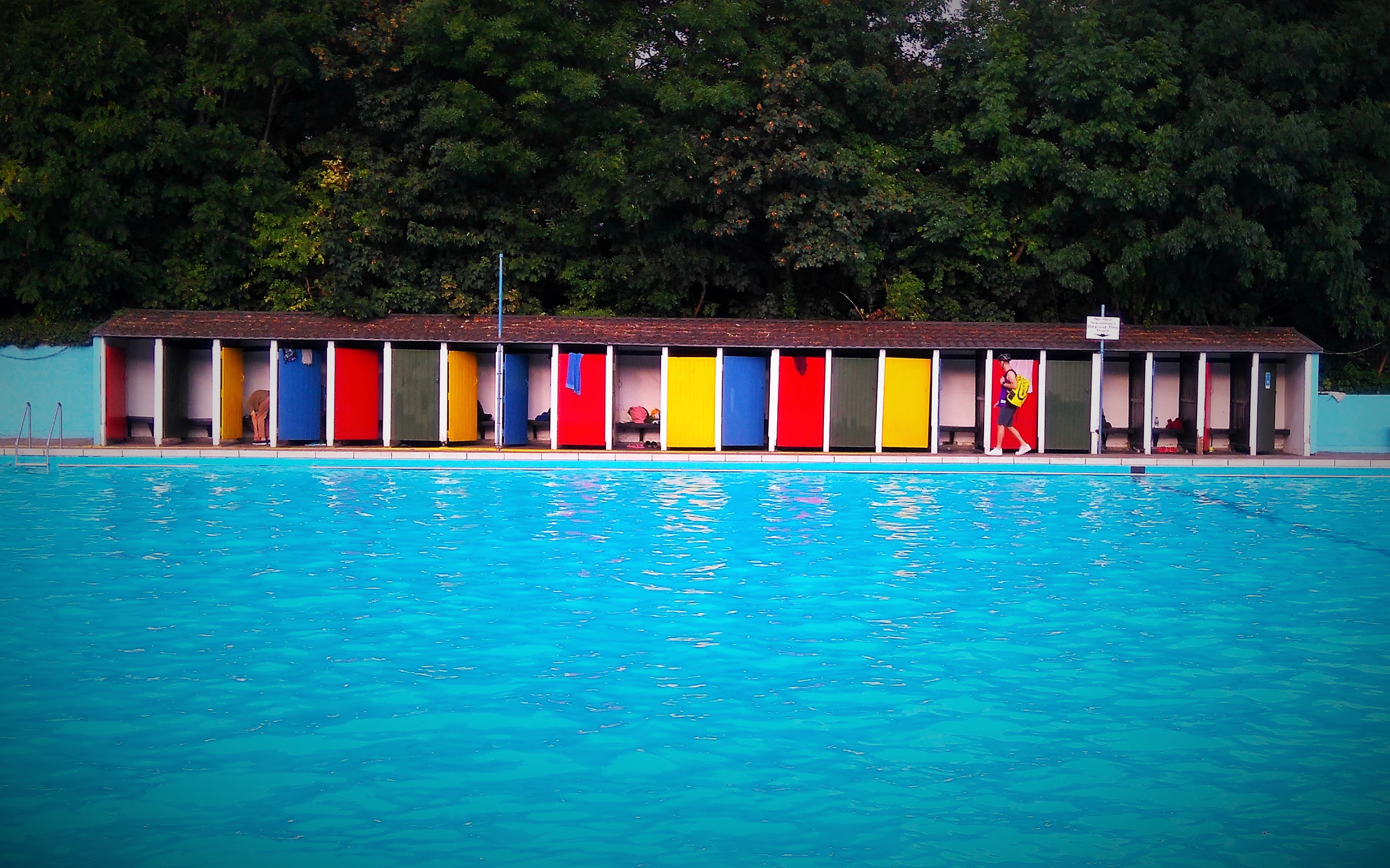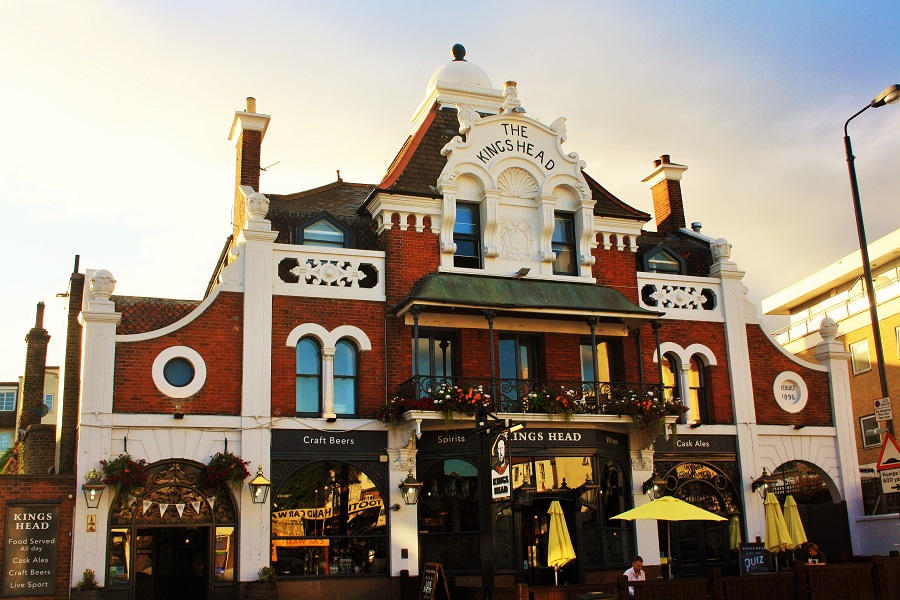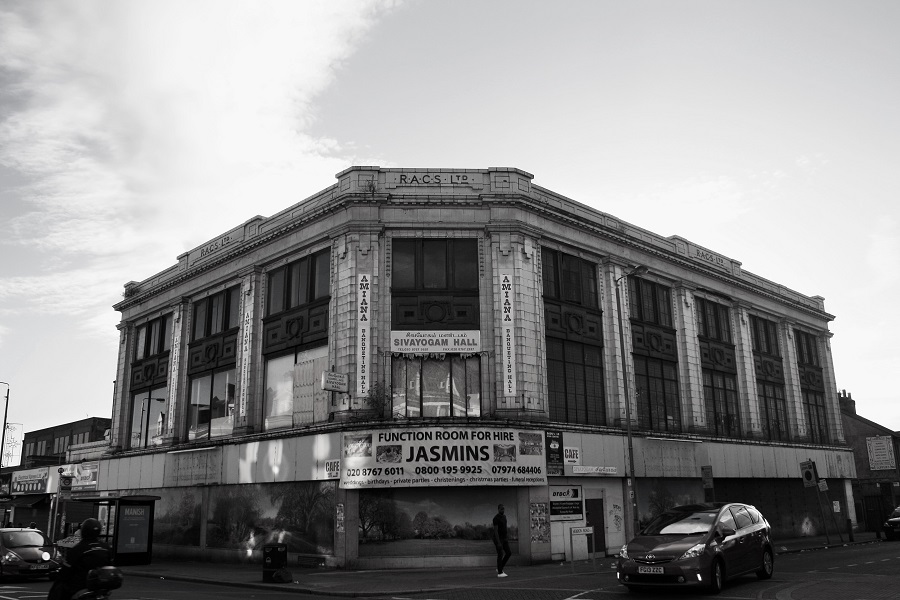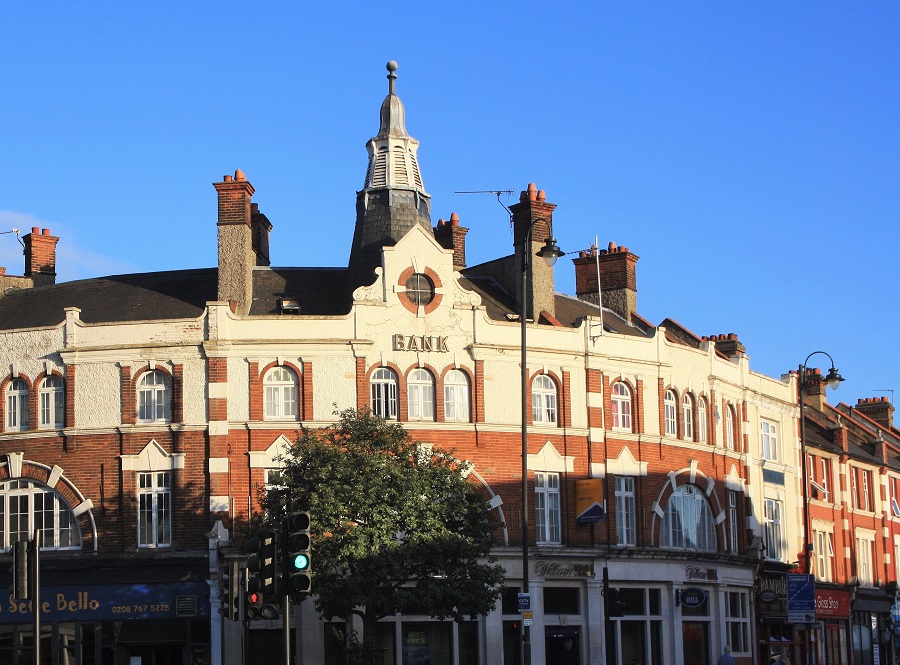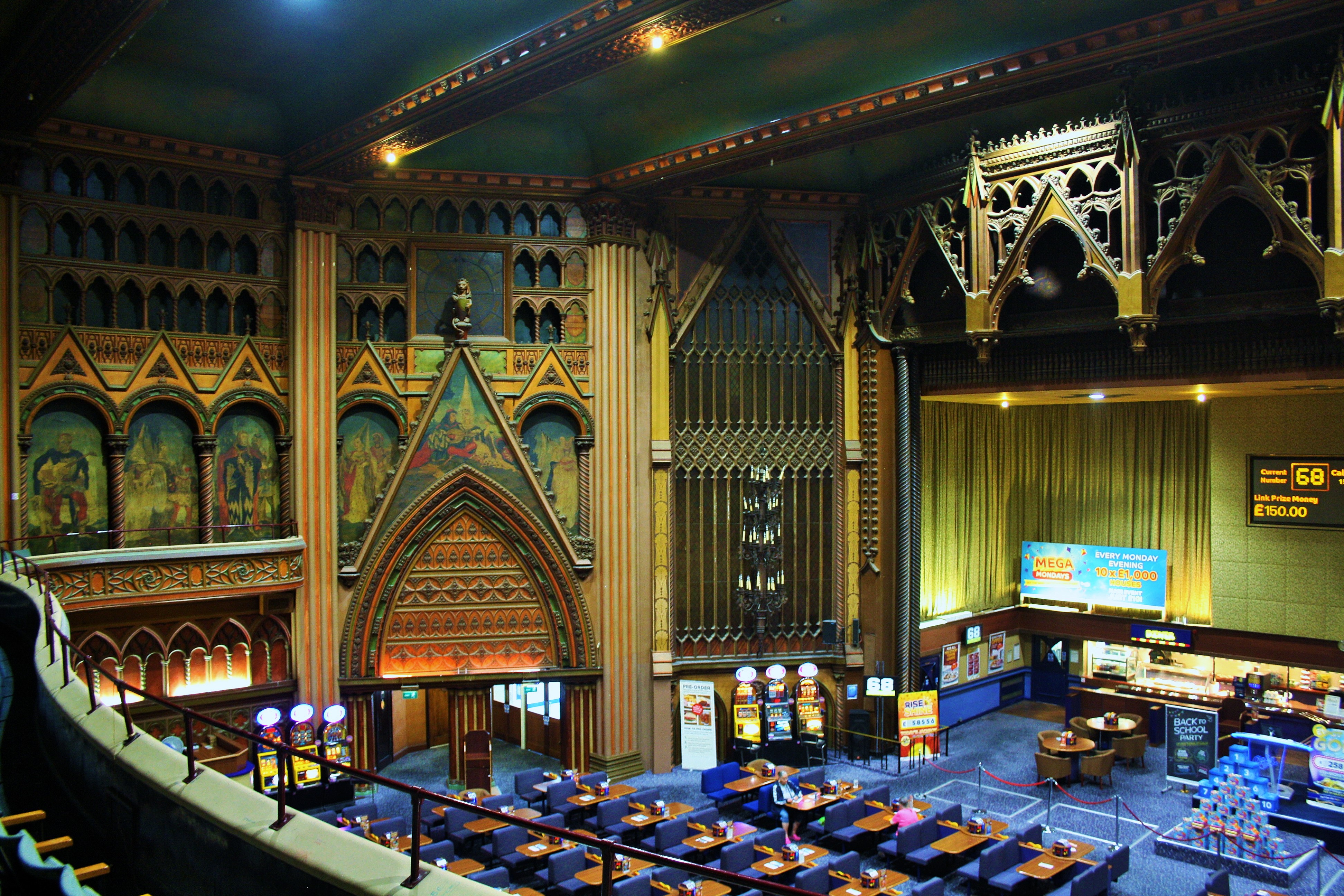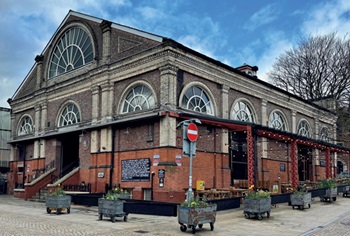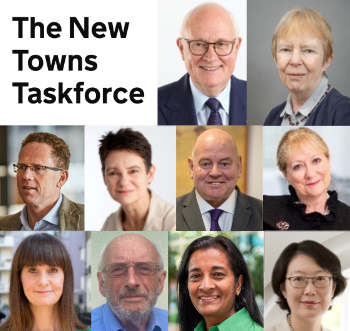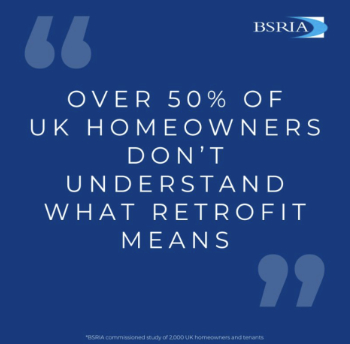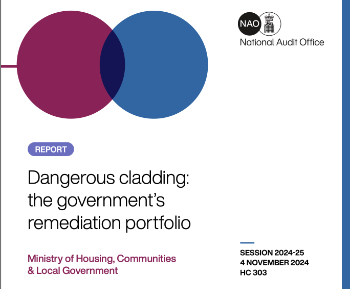Main author
Michael BrooksArchitecture of Tooting
Tooting developed as a settlement on the old coach route out of London to the south and west. The neighbourhood was still predominantly rural until the late 19th century when the railway arrived and development started in earnest.
During the next 20 years, many fine villas were demolished to make way for streets of typical Victorian terraced housing. In 1926, Tooting’s transport links were improved by the opening of two Underground stations on the Northern Line, both designed by Charles Holden.
There are rare examples of early Georgian development on Upper Tooting Road, and groups of Arts and Crafts-style homes on Nightingale Lane. The bulk of Tooting’s housing, however, consists of Victorian and Edwardian terraces, 1920s cottages and purpose-built maisonettes, together with pockets of new build apartments.
The highlights of Tooting's architecture include:
Contents |
[edit] Tooting market
Tooting market, as well as the adjacent Broadway market, has been established since 1930 as one of South London’s premier indoor markets, displaying the rich multiculturalism of the area.
[edit] Springfield University Hospital
Springfield University Hospital is a psychiatric hospital which opened in 1840 as the Surrey County Pauper Lunatic Asylum.
The asylum was built in the Tudor style, with twisted chimneys similiar to those at Hampton Court Palace (these were later removed, being considered dangerous, and not replaced). The facade was patterned with variegated brickwork and subtle angles.
In its time, Springfield boasted state-of-the-art design features such as steam which was circulated through the galleries to keep the hospital at a constant temperature and hot air which was injected through the floors.
The main building is Grade II listed and currently on Heritage England's 'At Risk' register. Many of the original hospital buildings are now disused and the Trust hopes to sell most of the site for redevelopment.
[edit] New Testament Assembly
A modernist-style church on Beechcroft Road, characterised by white rendered bricks, triangular features, circular main windows and black tiled spire.
[edit] Tooting Bec Lido
This open air swimming pool, located on Tooting Common, was built in 1906 and measures 100 x 33 yards, making it the second largest pool in the UK. It contains one million gallons of unheated fresh water. It was modernised in the 1930s with an Art Deco style, hence the iconic cubicle doors with alternating colours.
[edit] The King's Head
The King's Head is a Grade II listed pub on Tooting High Street. It was designed and built in 1896 by W. M. Brunton, a prolific designer of public houses, and is considered to be his masterpiece with his least altered interior.
The pub is characterised by its florid symmetrical composition and brashness of detail typical of late-19th century gin palaces. Built of red brick with stucco ornamentation and a slate roof that is steep and hipped, rising to a dome.
[edit] Sivayogam Wedding Hall
This grand hall building on the Tooting High Street was a Hindu Tamil temple and wedding venue for 17 years until they were evicted by the council in 2010. It has been derelict ever since.
[edit] Old Barclay's Bank building
Located on Amen Corner, this high and curved former Barclay's Bank building is characterised by its tall cupola and symmetrical chimney arrangements.
[edit] Gala bingo
The Gala Bingo hall is a spectacular Grade I listed former 1930s cinema and concert hall, which once played host to Frank Sinatra and The Rolling Stones.
The heavily gilded foyer is lined with Gothic mirrors and fake leaded windows, along with a pair of sweeping marble staircases.The striking auditorium includes elaborate cathedral porches, gilded arches, medieval murals and glass chandeliers.
It is home to one of the last few working Wurlitzer organs in London, although its chambers are buried beneath the stage.
All photographs by Michael Brooks.
Featured articles and news
Adapting to meet changing needs.
London Build: A festival of construction
Co-located with the London Build Fire & Security Expo.
Tasked with locating groups of 10,000 homes with opportunity.
Delivering radical reform in the UK energy market
What are the benefits, barriers and underlying principles.
Information Management Initiative IMI
Building sector-transforming capabilities in emerging technologies.
Recent study of UK households reveals chilling home truths
Poor insulation, EPC knowledge and lack of understanding as to what retrofit might offer.
Embodied Carbon in the Built Environment
Overview, regulations, detail calculations and much more.
Why the construction sector must embrace workplace mental health support
Let’s talk; more importantly now, than ever.
Refurbishment for net zero; the BSRIA white paper
The everyday practice of tackling energy efficiency, fabric first, ventilation, air quality, and occupant wellbeing.
Ensuring the trustworthiness of AI systems
A key growth area, including impacts for construction.
Foundations for the Future: A new model for social housing
To create a social housing pipeline, that reduces the need for continuous government funding.
Mutual Investment Models or MIMs
PPP or PFI, enhanced for public interest by the Welsh Government.
Stress Awareness Week ends but employer legal duties continue.
A call to follow the five Rs for the business and for the staff.
Key points and relevance to construction of meeting, due to reconvene.
Cladding remediation programmes, transparency and target date.
National Audit Office issue report on cladding remediation.








